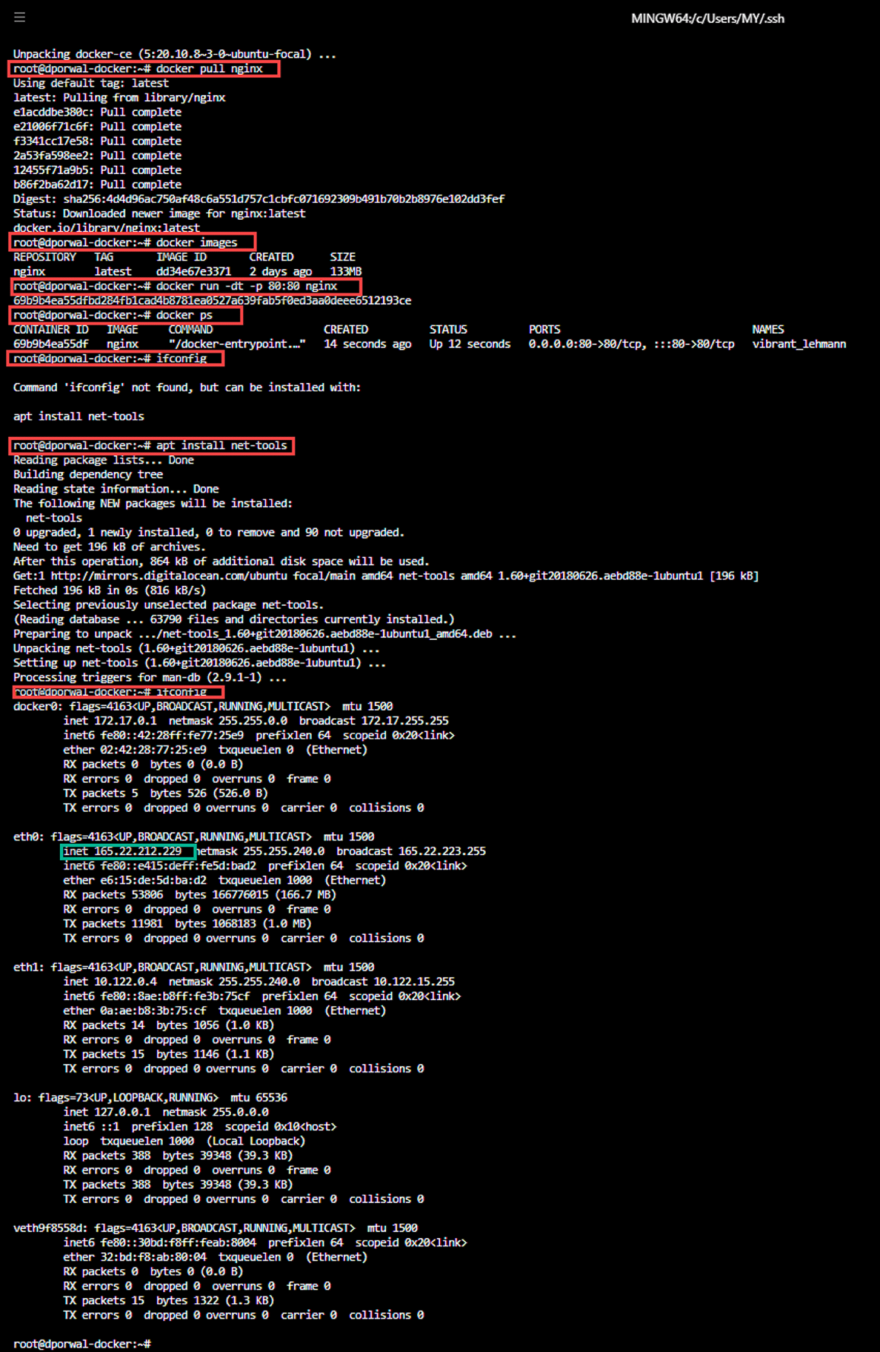

The container’s virtual eth0 network interface is connected via a peer interface to a virtual bridge device outside of the container’s namespace, usually called docker0. The same applies for administrative networks – here the administrator connects to the docker host, from where he/she applies administrative commands via the docker daemon. From there, network packets are sent via the appropriate NIC. Rather those NICs exist on the host: access to NAS/SAN storage from a container is performed via Linux filesystem and device API calls against the Linux kernel. for administrative purposes or to isolate storage traffic. This single virtual network interface does NOT mean that there cannot be dedicated NICs, e.g. In the container’s file system, the docker daemon overlays the files /etc/hostname, /etc/hosts and /etc/nf to ensure that network related services such as DNS behave as expected. All ingress and egress network packets of this container use this interface. Docker allocates these IP addresses from the RFC1918 private 172.17.0.0/16 IP range. In each namespace, there is a single (virtual) network interface called eth0 which is assigned an IP address chosen by the docker daemon (and a MAC address guaranteed to be conflict-free to match). A running container is nothing more than a Linux process which is namespaced and constrained with regards to access (SELinux) and resource consumption (cgroups). From a container point of view, networking on a plain Docker Host is simple.


 0 kommentar(er)
0 kommentar(er)
